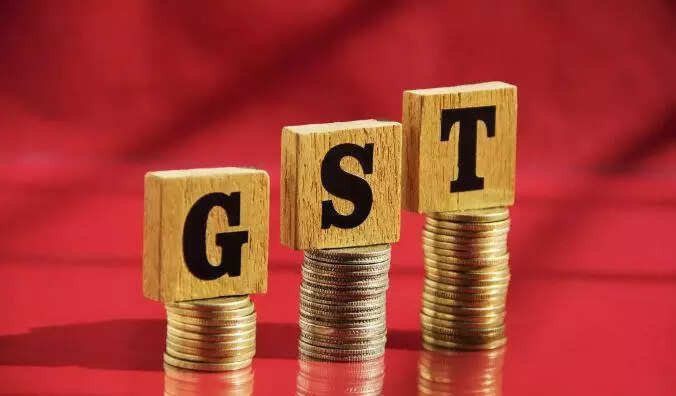GST Overhaul: Are Simpler Taxes on the Horizon?
The Goods and Services Tax (GST), India’s most ambitious indirect tax reform, is once again under the microscope. A Group of Ministers (GoM), tasked with streamlining the tax system and plugging revenue leakages, is slated to meet next week. What’s on the agenda and what could it mean for businesses and consumers? Let’s dive in.
The buzz centers around a potential overhaul of GST rates, aiming for a structure that’s not just revenue-positive but also simpler to understand and comply with. The current multi-tiered rate system, while intended to cater to diverse sectors, has often been criticized for its complexity and the resulting compliance burden, especially for small and medium-sized enterprises (SMEs).
Simplifying the GST Rate Structure: A Long-Awaited Reform
One of the primary focuses of the GoM meeting will likely be the consolidation of the existing GST rate slabs. Currently, India operates with a multi-layered structure, including rates of 0%, 5%, 12%, 18%, and 28%, along with special rates for certain goods and services. This complexity often leads to classification disputes and administrative challenges.
The discussions are expected to center on merging some of these slabs, possibly moving towards a structure with fewer, more rationalized rates. This would not only simplify compliance but also potentially reduce the scope for tax evasion and disputes over classification.

However, achieving consensus on rate rationalization is never easy. Each percentage point shift can have significant implications for different sectors and states. The GoM will need to carefully consider the potential impact on revenue, inflation, and the competitiveness of various industries.
Combating Tax Evasion: Plugging the Leaks
Beyond rate rationalization, the GoM will also address measures to curb tax evasion. This is crucial for boosting government revenue and ensuring a level playing field for all businesses. Identifying and addressing loopholes in the system is an ongoing process.
Possible measures include strengthening enforcement mechanisms, leveraging data analytics to detect suspicious transactions, and enhancing coordination between different tax authorities. There might also be discussions around stricter penalties for non-compliance and the use of technology to improve tax administration.
Think of it like this: the GST system is a large water tank, and the government is trying to seal any cracks and holes to prevent water (tax revenue) from leaking out.
The Impact on Businesses and Consumers: What to Expect
Any significant changes to the GST structure will inevitably have a ripple effect across the economy. For businesses, simplified rates and reduced compliance burden could translate into lower administrative costs and improved efficiency. This, in turn, could lead to lower prices for consumers.
However, rate changes could also lead to price increases for certain goods and services. For example, if a product currently taxed at 5% moves to a higher slab, consumers could see a corresponding rise in price. The government will need to strike a careful balance to minimize any negative impact on inflation and consumer spending.
Consider the textile industry. Any change in GST rates applied to fabrics or apparel directly impacts the cost for manufacturers and eventually, the price consumers pay at retail stores.
The Road Ahead for Goods and Services Tax
The upcoming GoM meeting represents a crucial step in the ongoing evolution of the GST system. While challenges remain, the government’s commitment to simplification and improved compliance is encouraging. The discussions surrounding GST rate rationalization and anti-evasion measures indicate a proactive approach to addressing the shortcomings of the current system. A smoother, more efficient tax system can unlock greater economic potential for India.
The results of this meeting have the potential to reshape India’s business landscape. We can expect further updates and clarifications in the coming weeks as the GoM’s recommendations are reviewed and implemented. To further understand potential challenges businesses face, check out our article on [common tax compliance issues](internal-link-to-related-content).
Final URL Slug: gst-overhaul-simplified-taxes-horizon







